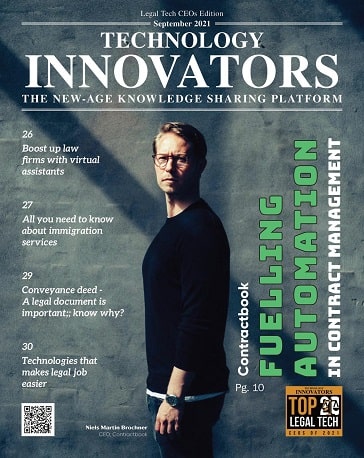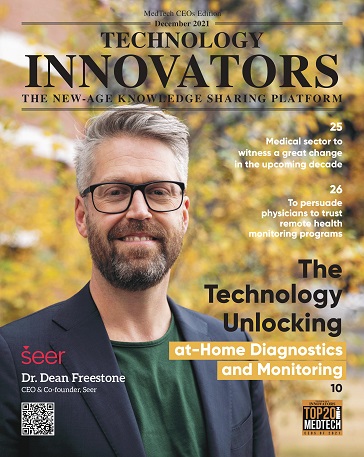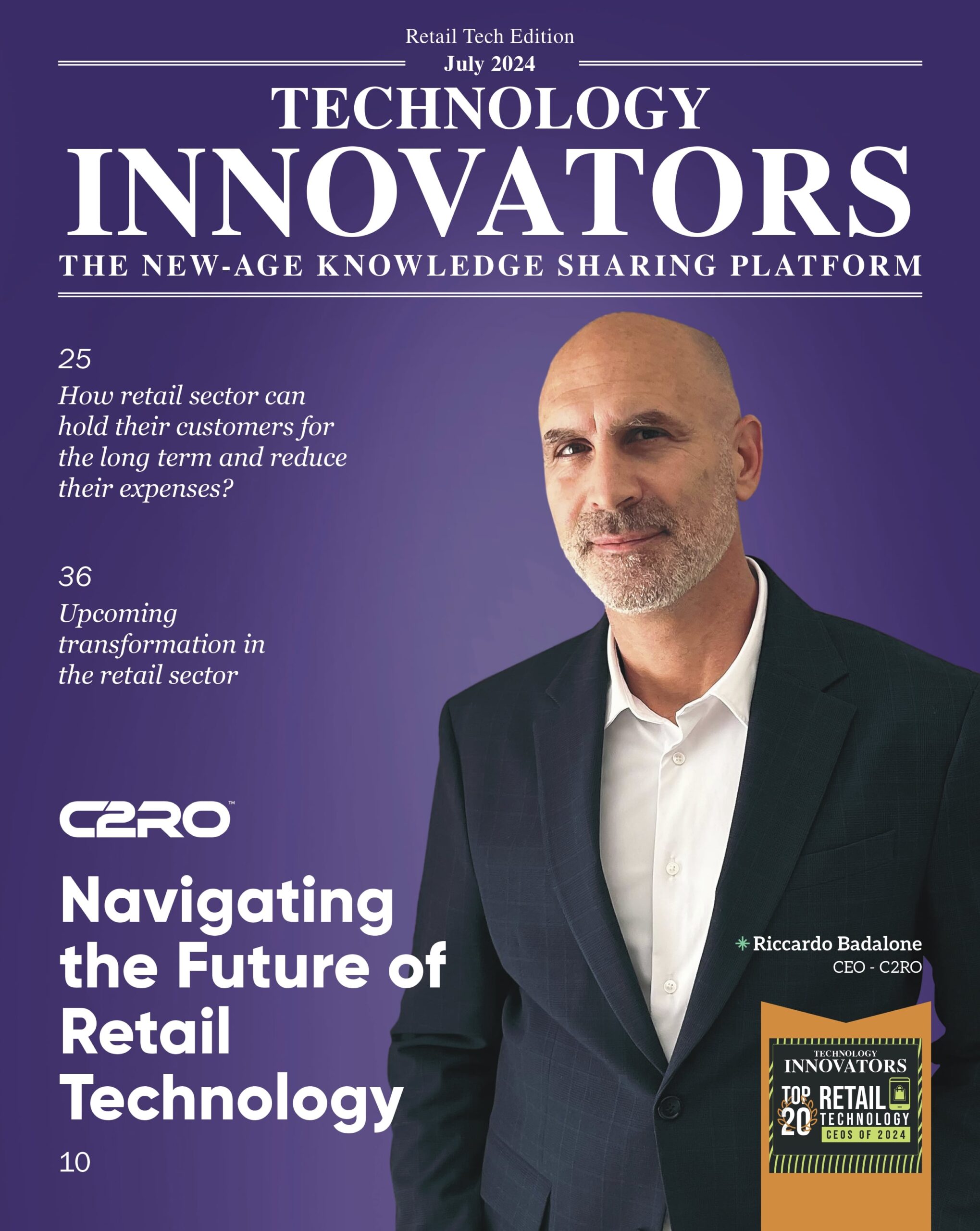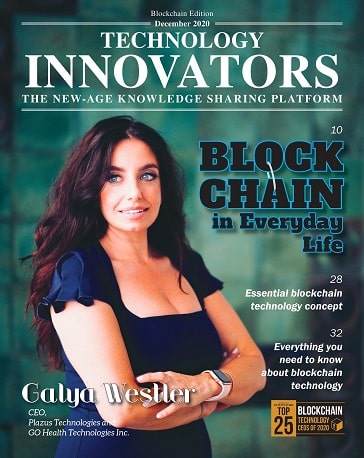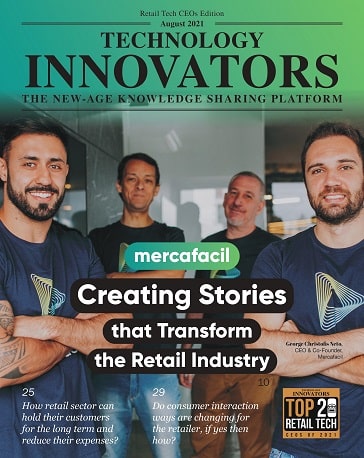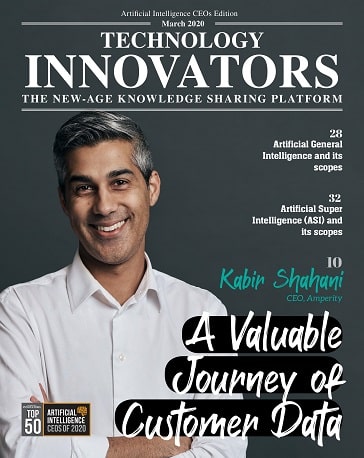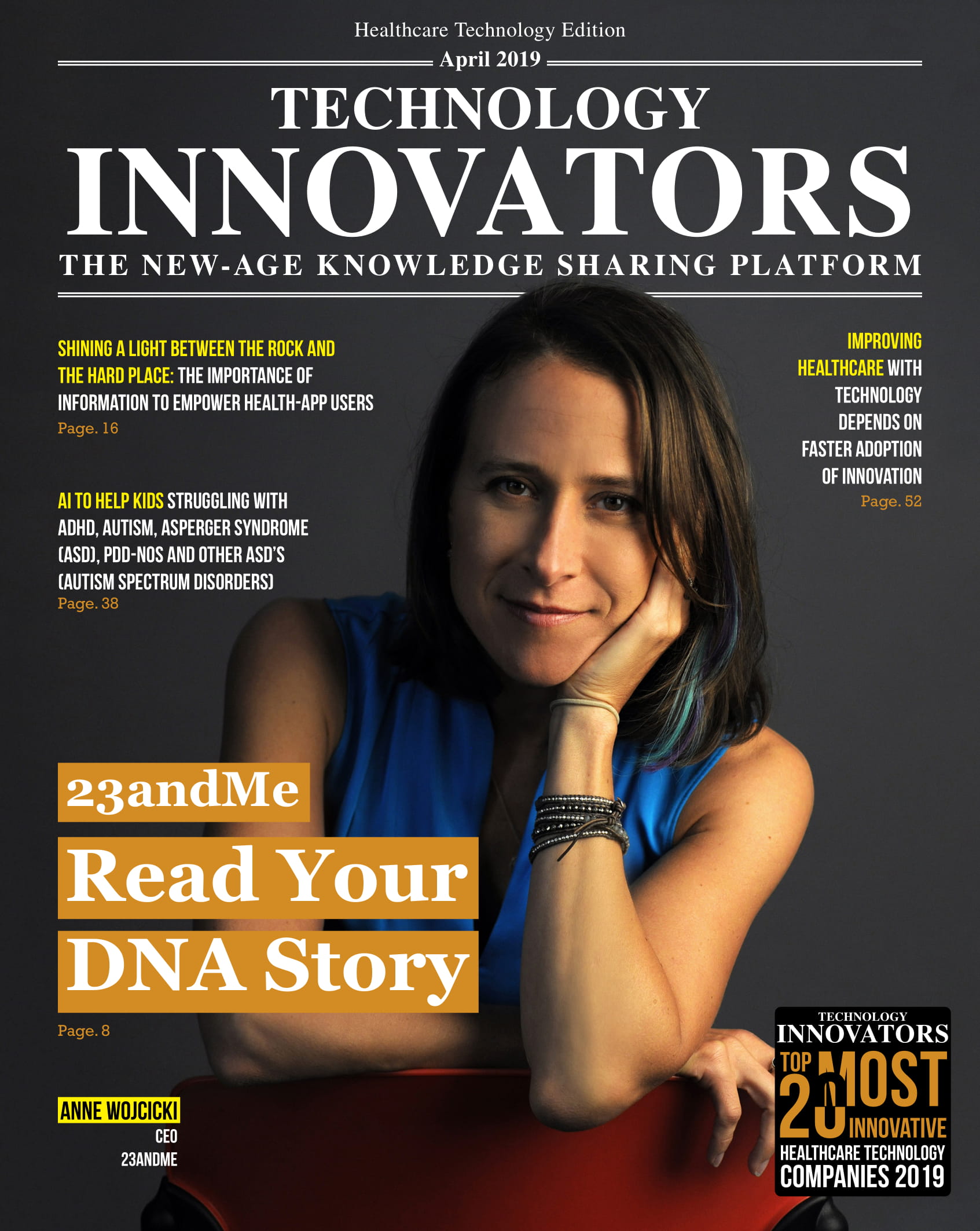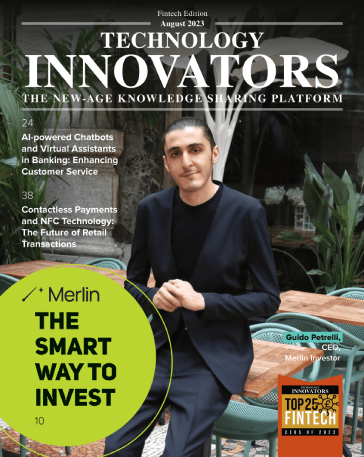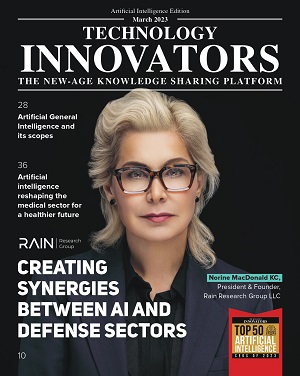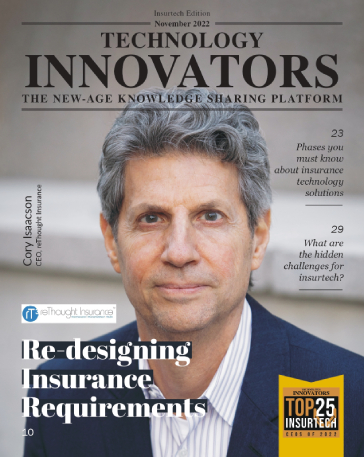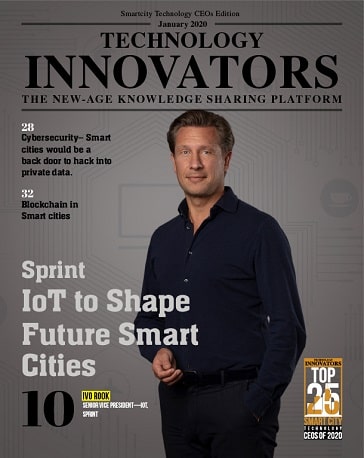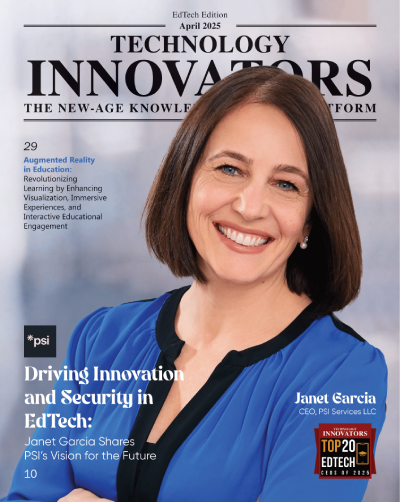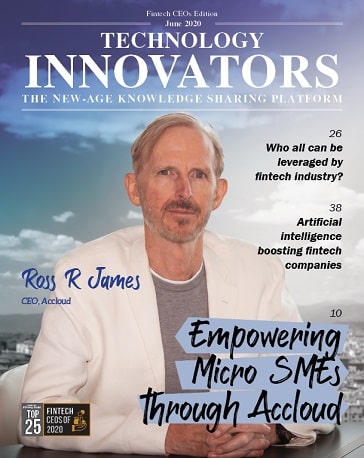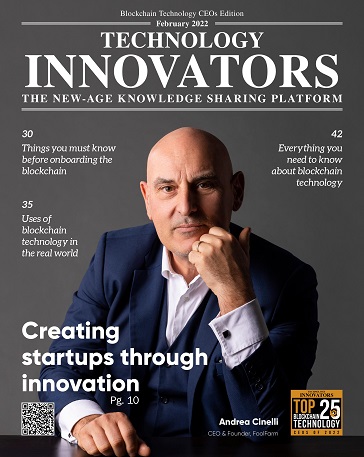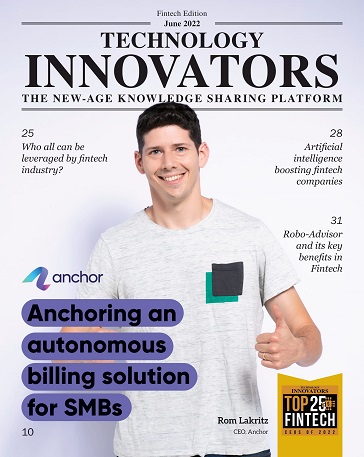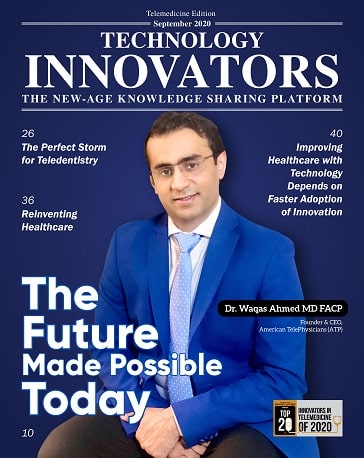Must-Subscribe Tech Magazines for Innovators
Innovators Transforming Global Technology
Dive into the world of technology innovators! Uncover the latest trends and groundbreaking ideas that are changing the tech landscape globally.
Influential Tech Publications for Industry Insights
Trailblazing Digital Tech Strategies: Redefining the Future of Innovation
In the digital era, the success of organizations and industries hinges on the ability to adopt and execute innovative technology strategies. Trailblazing digital tech strategies serve as the foundation for transformative growth, helping businesses streamline operations, enhance customer experiences, and stay ahead of the competition. For technology innovators, these strategies are not just tools—they are roadmaps to navigating the rapidly evolving digital landscape.
This article explores key digital tech strategies that are reshaping industries, driving growth, and setting benchmarks for innovation.
1. Embracing a Digital-First Mindset
Adopting a digital-first approach is no longer optional; it is essential for staying relevant in a connected world. This strategy involves prioritizing digital tools and processes to deliver value across all aspects of a business.
Key Elements:
- Customer-Centricity: Designing digital experiences that cater to customer needs and preferences.
- Automation: Streamlining repetitive tasks through AI and robotics to increase efficiency.
- Data-Driven Decisions: Leveraging analytics and insights to inform strategy and operations.
Example:
Retail giant Walmart adopted a digital-first approach by integrating online shopping, contactless payments, and in-store automation, leading to enhanced customer satisfaction and operational efficiency.
2. Harnessing the Power of Cloud Computing
Cloud computing has become a cornerstone of modern digital strategies, offering scalability, flexibility, and cost savings.
Benefits of Cloud Computing:
- Agility: Rapidly deploy and scale applications to meet fluctuating demands.
- Collaboration: Facilitate seamless remote work through centralized access to data and tools.
- Innovation Enablement: Accelerate development cycles with on-demand computing resources.
Use Case:
Netflix relies on cloud infrastructure to stream high-quality content to millions of users worldwide, ensuring seamless scalability and uptime.
3. Leveraging Artificial Intelligence and Machine Learning
AI and machine learning are driving the next wave of digital transformation by enabling predictive capabilities, personalization, and automation.
Applications:
- Customer Insights: Analyze consumer behavior to tailor marketing campaigns.
- Operational Efficiency: Optimize supply chains and resource allocation.
- Product Innovation: Develop smarter products like voice-activated assistants and autonomous vehicles.
Example:
Healthcare providers use AI to enhance diagnostics, predict patient outcomes, and optimize treatment plans, transforming how care is delivered.
4. Building Resilience with Cybersecurity
As digital adoption grows, so does the need for robust cybersecurity strategies. Organizations must protect sensitive data and ensure the integrity of their digital infrastructure.
Best Practices:
- Zero Trust Architecture: Limit access to resources based on stringent identity verification.
- Real-Time Monitoring: Use AI to detect and respond to threats in real time.
- Employee Training: Foster a culture of cybersecurity awareness.
Example:
Global financial institutions have adopted blockchain technology to enhance security in transactions and mitigate fraud risks.
5. Fostering Innovation with IoT
The Internet of Things (IoT) connects devices and systems, enabling real-time data exchange and smarter decision-making.
Applications of IoT:
- Smart Cities: Optimize urban planning, traffic management, and energy consumption.
- Industrial IoT (IIoT): Enhance predictive maintenance and improve manufacturing processes.
- Healthcare: Enable remote patient monitoring and personalized medicine.
Example:
GE’s use of IoT in industrial equipment monitoring has reduced downtime and increased operational efficiency.
6. Driving Engagement with Digital Ecosystems
Building digital ecosystems fosters collaboration, creates synergies, and delivers enhanced value to customers.
Components of a Digital Ecosystem:
- Platforms: Create shared spaces where partners, customers, and developers can interact.
- APIs: Facilitate seamless integration of third-party services and tools.
- Community Building: Engage stakeholders through forums, events, and shared goals.
Example:
Apple’s App Store ecosystem empowers developers while delivering a vast array of applications to users, driving mutual success.
7. Scaling Operations with Automation
Automation enables organizations to scale processes efficiently and cost-effectively, freeing up resources for strategic initiatives.
Types of Automation:
- Robotic Process Automation (RPA): Automates routine administrative tasks.
- Intelligent Automation: Combines AI and RPA for more complex decision-making.
- End-to-End Automation: Optimizes entire workflows, from procurement to customer service.
Example:
Amazon’s fulfillment centers use robotics and AI to automate order processing, achieving unparalleled speed and accuracy.
8. Enhancing Decision-Making with Data Analytics
Data is the lifeblood of digital strategies, and analytics tools unlock its potential to guide informed decisions.
Data Analytics Strategies:
- Predictive Analytics: Forecast trends and behaviors to stay ahead of the market.
- Real-Time Analytics: Monitor performance and make instant adjustments.
- Visual Analytics: Simplify complex data through intuitive dashboards and reports.
Example:
Ride-sharing platforms like Uber use data analytics to match drivers with passengers, optimize routes, and predict demand patterns.
9. Exploring the Potential of Blockchain
Blockchain technology has transcended its roots in cryptocurrency to become a transformative force across industries.
Blockchain Use Cases:
- Supply Chain Transparency: Track goods from origin to destination with immutable records.
- Smart Contracts: Automate agreements with self-executing protocols.
- Digital Identity: Enable secure and decentralized identity management.
Example:
Companies like Maersk use blockchain to streamline global shipping operations, reducing paperwork and improving transparency.
10. Pioneering the Future with Emerging Technologies
Technology innovators are exploring emerging fields to maintain a competitive edge and push the boundaries of possibility.
Key Emerging Technologies:
- Quantum Computing: Solving complex problems beyond the capabilities of classical computers.
- Metaverse: Creating immersive virtual environments for work, play, and commerce.
- Biotech and Nanotech: Innovating in healthcare, agriculture, and materials science.
Example:
Meta (formerly Facebook) is investing heavily in metaverse development, aiming to redefine how people interact and collaborate online.
Conclusion: Charting a Trailblazing Path
Trailblazing digital tech strategies are reshaping industries and driving progress on a global scale. By embracing innovation, leveraging advanced tools, and fostering collaboration, technology innovators are creating solutions that not only meet current needs but also anticipate future challenges.
In the race to remain competitive, the organizations that succeed will be those that prioritize adaptability, resilience, and forward-thinking strategies. By championing a culture of continuous learning and experimentation, innovators can unlock new opportunities and redefine what’s possible in the digital age.
The journey of innovation is endless, and for those willing to lead, the possibilities are boundless.
Join us in exploring the minds behind global tech transformation. Learn about the innovators driving change and shaping the future of technology!
Join the Global Movement! Subscribe to Technology Innovators Magazine today and be part of the conversation that’s shaping the future of technology across the globe.
Contact us
Want to get in touch? We make it our priority to respond to every request within 24h.


